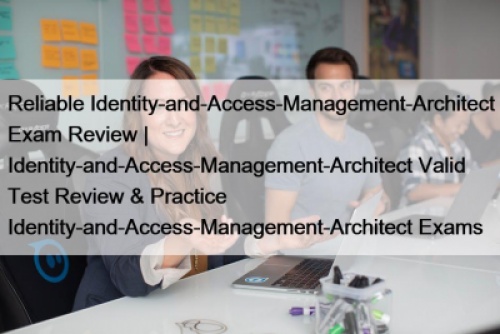What is website accessibility?
Website accessibility refers to the design and development of websites and their associated tools in such a manner that people with disabilities can use them. More specifically, it seeks to ensure people with disabilities can perceive, understand, navigate, and interact with and contribute to the web.
Website accessibility encompasses all disabilities that affect access to the web. That includes auditory, cognitive, neurological, physical, speech, and visual impairments. It does not just serve people with disabilities alone; people without disabilities also benefit from it. Examples of people without disabilities who also benefit from website accessibility include:
People with temporary disabilities, such as those with a broken arm or who have lost their glasses.People with situational limitations such as those having difficulties in bright sunlight or in an environment where they cannot listen to audio.The elderly, who develop changing abilities due to ageing.People using slow Internet connections or who have limited or expensive bandwidth.People using mobile phones, smart watches, smart TVs, and other devices with small screens, and different input modes, etc.
The importance of website accessibility
Accessibility of websites is crucial in a variety of areas of life, such as education, work, business, government, healthcare, leisure, etc. For people with a variety of abilities to have equal access to and opportunities on the web, it is crucial that it be accessible.
Website accessibility ensures conformity with the right of access to information and communication technologies as enshrined in the United Nations Convention on the Rights of Persons with Disabilities (UNCRPD).
The commercial argument for website accessibility is compelling. The overall user experience and enjoyment of a website are enhanced by accessible website design. This is the case when website users deal with a range of circumstances or utilize various devices. In these circumstances, website accessibility contributes to brand enhancement, encourages innovation, and increases market reach.
Additionally, social inclusion for individuals with disabilities and other groups, such as senior citizens, residents of rural areas, and citizens of developing nations, is supported through website accessibility.
Creating an accessible website can increase your business's overall success and even enhance the user experience for all site users. The promotion of inclusive business ideals can also be done through ensuring website accessibility.
What makes a website ADA compliant?
Website ADA compliance is basically about website accessibility. So what are the things to check toward ensuring website accessibility?
There are various interrelated parts that go into making a website accessible. These elements consist of the websites themselves, web technologies, web browsers, and other user agents.
The Web Content Accessibility Guidelines (WCAG) 2.1 provide a valuable ADA and 508 Ada Compliance in Finance to help you appreciate what makes a website ADA compliant. The checklist asks the following questions:
Is all the content on the website accessible to everyone, including those with disabilities?Are all the images on the website properly tagged with alternative text?Is the website navigable using only a keyboard?Are there any audio or video files on the website, which should include transcripts or captions?Is the website free from color contrasts that could make it difficult to read for some users?
These are the typical questions at the heart of an ada site compliance audit or Section 508 site compliance audit. The checklist is utilized in the creation of online tools for checking a website's accessibility, such as the ADA Compliance Pros' free ADA website compliance checker.
Need web accessibility support and free ADA compliance website checker?
Reach out to ADA Compliance Pros for more information and support on website accessibility. You can contact them by clicking here orcalling them at (626) 486-2201.












 heavy duty weighing scale
heavy duty weighing scale



